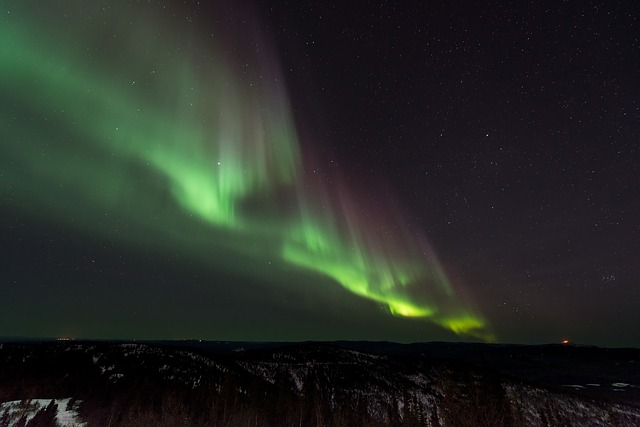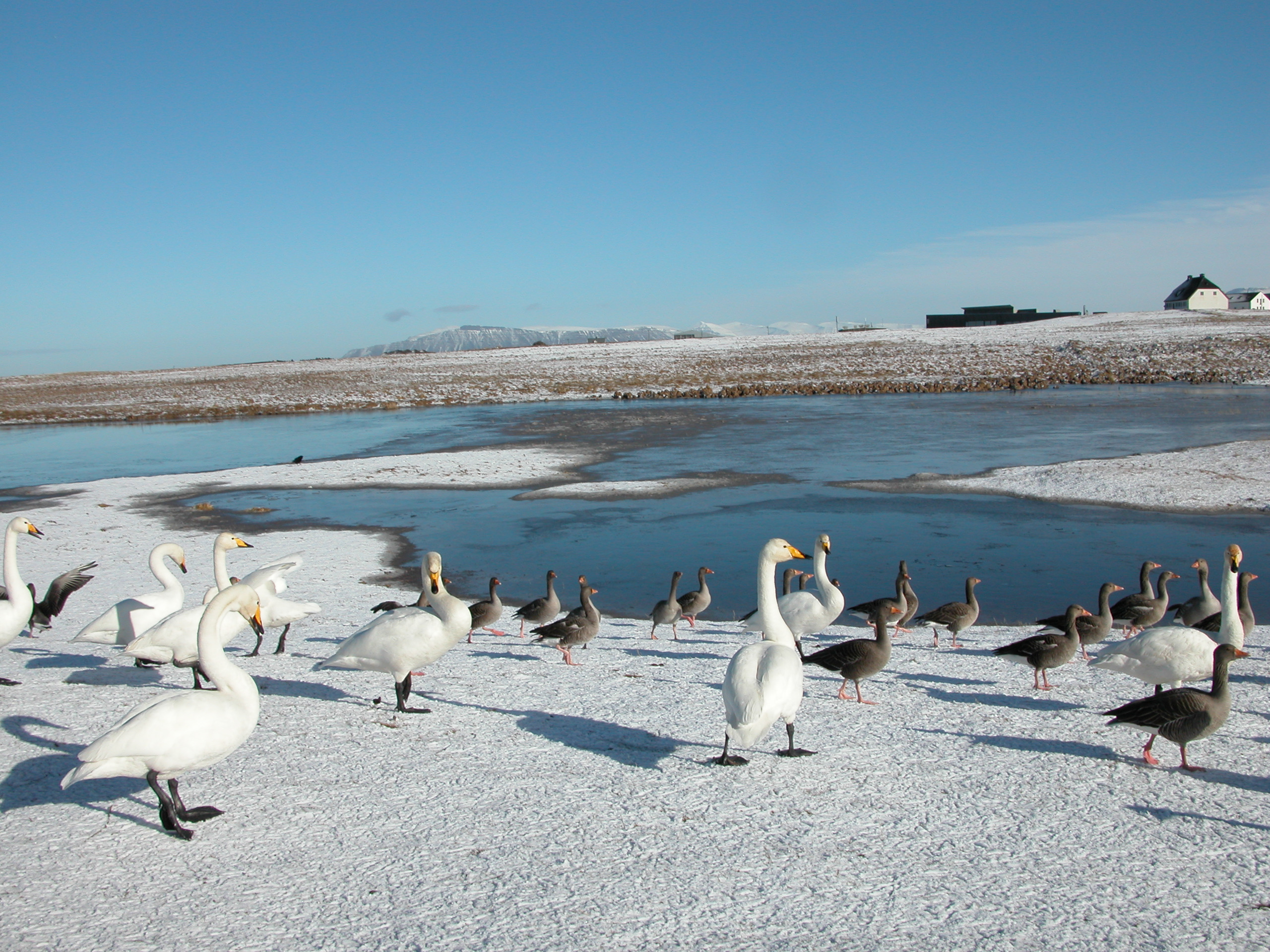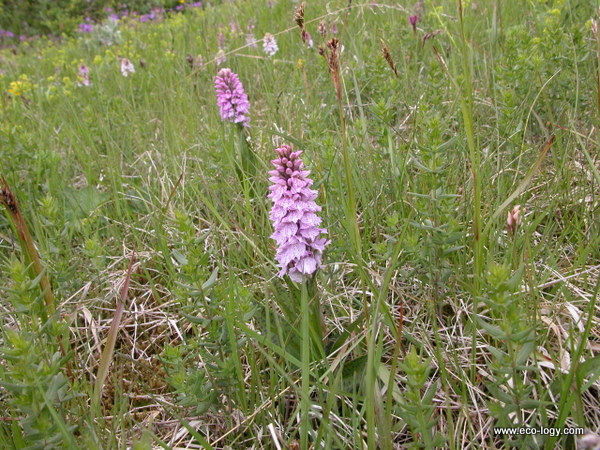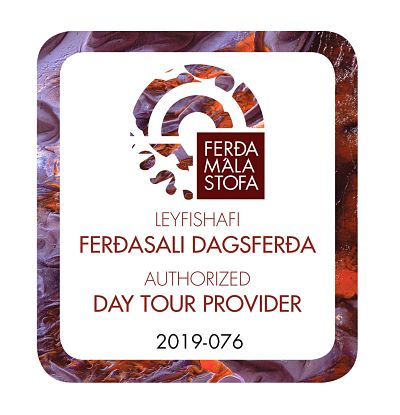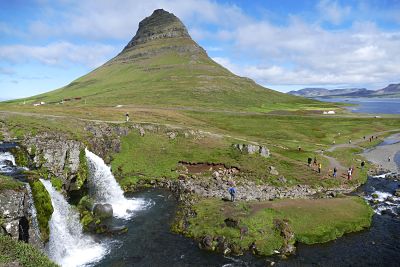BOTANY NEWS
Botanical Information
Welcome to this sixth edition of Botany News!
TOPICS:
A note from the editor
Plants grown in northern gardens: Linden trees
Speaking of herbs: Mints, marjoram and more!
Lava fields of Iceland
Submit your own Botany News article!
The flower box
Visit our website:
Eco-Logy.com
A note from the editor
Happy New Year and thanks for staying with Botany News! If you like Botany News
feel free to forward it to your friends. Some of you are already signed up, and
if not just send email to the webmaster with the text "subscribe": I strongly
encourage you also to send in information of mutual benefit to botanists and all
suggestions for improving the ezine are welcome. Enjoy reading Botany News!
Plants grown in northern gardens: Linden trees
Large-leaved Lime (Tilia platyphyllos) forms a large canopy with delicate
branches carrying nicely heart-shaped leaves and sweet-smelling flowers. This
tree is a native of southern Europe, from France and Spain east to Crimea. Large-leaved
lime may grow up to 30 m tall in warm temperate areas, but is much smaller when
grown in northern gardens such as here in Reykjavik, Iceland. The Common Lime (Tilia
x europaea) is a deciduous tree, thought to be a hybrid between Large-leaved
lime and Small-leaved Lime (Tilia cordata), a northerly Linden tree native to
northern Europe and extending further south. Common Lime grows in gardens in
Iceland where conditions are good. This tree species may grow as tall as 36 m in
warmer countries, but is often prone to pests such as aphids.
Speaking of herbs: Mints, marjoram and more!
Among the members of the Labiate family that are used as herbs are Peppermint,
Spearmint, Marjoram, Sage, Thyme and Basil. The mints are among the easiest
herbs to grow, but at the same time difficult to control as they send out roots
in all directions. Spearmint (Mentha spicata) is the most commonly grown garden
mint in northern Europe. This plant carries narrow almost unstalked leaves. The
flowers are lilac coloured and arranged in spikes, including a pronounced
terminal spike. This plant grows well in moist habitat. Peppermint (Mentha
piperita) is a perennial plant, with aromatic oils in leaves, stems and roots
and is used for food flavouring. Peppermint has a strong odour and a pungent
taste. Indigenous to Europe and Asia it commonly grows near streams and in other
damp places. It is cultivated in Europe, Asia, and North America for its
essential oil. Oil of peppermint is widely used for flavouring candy and
medicines. The oil contains large quantities of menthol. Menthol, also called
peppermint camphor, is used as a soothing balm. Common Thyme (Thymus vulgaris)
is an aromatic woody plant with dense leaves growing on short stalks. Hairy
Thyme (Thymus praecox) grows wild in Iceland and other northern European
countries. Here, this plant is used as herbal and medicinal tea while it also
adds delicious flavour to lamb dishes and game meat. In Iceland, Hairy Thyme
grows best on heath as well as on other dry land. The small pink flowers of
thymes are a major attraction also for bees. Both Common Thyme and Hairy Thyme
can be cultivated to produce a herb harvest. The herbs are harvested in the wild
or in cultivated fields when in full flower. Subsequently, you may dry the herbs
by spreading out the herb material on a large tray and then store them in a
small container along with other herbs and teas. Basil (Ocímum basilicum) is a
herb belonging to the Labiate family, and has a mild clove-like aroma and is
used for adding flavour to egg and tomato dishes. Basil is also a medical herb
used for stomach and nervous disorders. Here in the far north, Basil grows well
in south-facing windows. Marjoram (Origanum majorana) is a tender bushy plant
with woody stems. The herb is used as seasoning for meat, soups and salads. Sage
(Salvia officinalis) is best grown in full sun on well-drained soils in
temperate regions. I have grown Sage indoors on windowsills with very good
success.
Lava fields of Iceland
In southern Iceland you find large lava fields covered with continuous mats of
moss, while lava fields in northern Iceland often have less moss but more
lichens. Northern Iceland has a drier climate than southern Iceland. Montane
Moss (Racomitrium lanuginosum) is often pronounced. In northern Iceland, for
example, in the Myvatn district, a species of tree-shaped lichen, Sterocaulon
vesuvianum, is common. Many lichens grow better in the dry climate of northern
Iceland. Rushes, such as Spiked Wood-rush (Luzula spicata), Three-leaved Rush (Juncus
trifidus) and Bellard's Kobresia (Kobresia myosuroides) and sedges such as Curly
Sedge (Carex rupestris) are found interspersed within the mat of nonvascular
mosses and lichens. Grasses, herbs and low-growing shrub also grow on the lava,
while deep in lava crevices you find ferns. Lava fields that are protected from
grazing are eventually overgrown by woody plants Tea-leaved Willow (Salix
phylicifolia) and Downy Birch (Betula pubescens). In north Iceland the smaller
species of Dwarf Birch, Betula nana is also quite common. Irregular rock-formations
in the lava fields are often covered with nutritious guano suitable for the
growth of colourful lichens such as orange coloured Sunburst Lichens (Xanthoria
elegans) and the greenish-yellow Lecanora muralis.
Submit your Botany News article!
You can write on any topic related to botany. Short essays on plant biology are
especially popular. It can also be a review on new botanical developments.
Anything that will help your fellow botanists and make it possible for them
progress in their work! The articles need be approximately 300-1000 words. If needed or requested
editing will be made of English and style. The editor may request some changes
and articles that do not fit the profile or purpose of Botany News are not
published. Your article is still yours and you keep the full copyright.
Submit your Botany News article!
Flower box
The editor found some inspiring links for you to enjoy. Here are some nice
botanical links: Beautiful desert plants of South Africa and Opuntias and other
Cacti of South America. Botany News welcomes letters and links from persons
working on all areas of botany. Here are two sites of interest to many botanists.
The first site is committed to biodiversity and the second site is devoted to conservation issues. Botany News welcomes input from persons working for the
environment. You are welcome to suggest a link to your home page for the next
issue of Botany News. Information on the Botanical Tours in Iceland is now
available on our website. Please, remember to fill in the Expression of Interest
Form as this will greatly help us to make your visit better. The spring, summer,
and autumn are good times to explore the nature of Iceland. However, some
activities may be available if you decide to visit Iceland during the winter
months. This time of year Reykjavik is decorated with colourful lights on trees
and buildings. Readers located in Iceland are encouraged to check out Thund's
sales page for new botanical health products. This section publishes brief
announcements about botany and related issues. Announcements about meetings,
excursions, courses, jobs and other important items are consider for publication
here. Announcements are generally less than 300 words. Submit your Botany News
announcement!
---------------------------------------------------------------------
Best wishes,
BOTANY NEWS is published by Thund, Reykjavik, Iceland
Contact us
January 8, 2006 -- Botany News, Issue #006
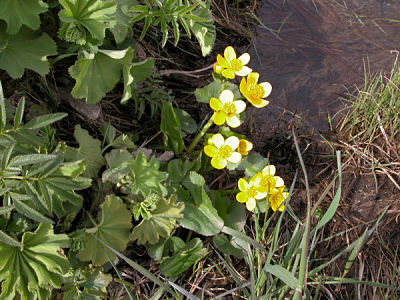
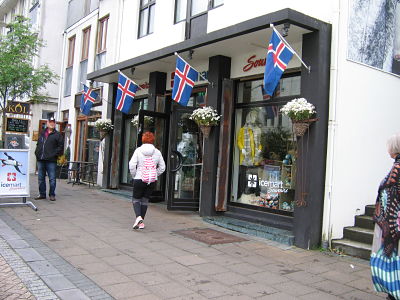

Skráðu þig til að fá Gróðurfréttir! - Sign up to receive Botany News!

